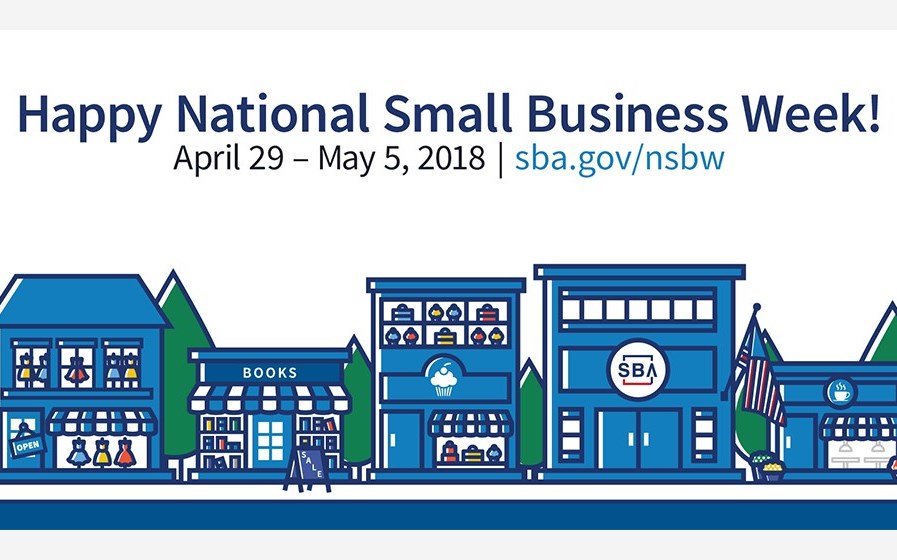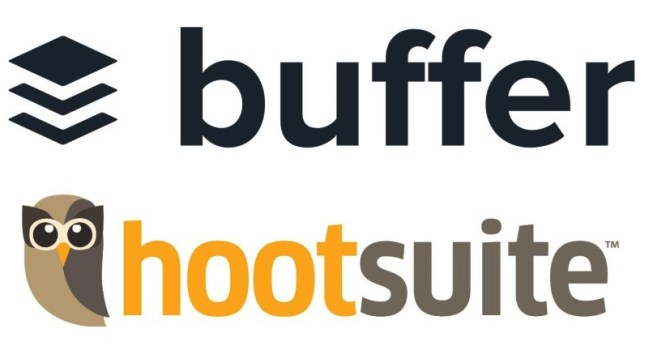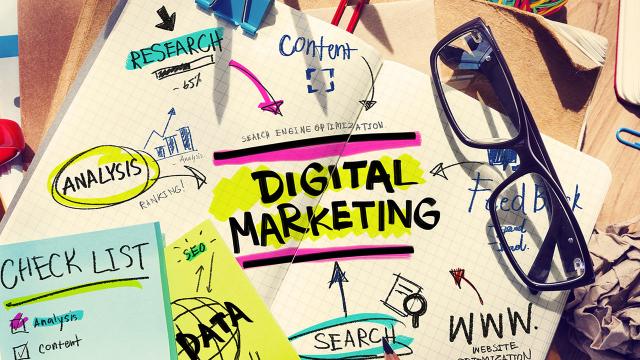Advice from a Small Business to Small Businesses
I’ve got small business on the brain this week. Why? Well, it is National Small Business Week in the US, so my timelines are full of people talking about small businesses. I also run a small business and work with quite a few small businesses. As a result, I’m almost always thinking about small businesses. In fact, we all are whether we realise it or not because small businesses make up the majority of the business landscape. In fact, it was this frequently over-looked fact which led the US Small Business Administration (SBA) to launch National Small Business Week in the first place (way back in 1963).

They wanted to raise awareness of how crucial small businesses were to society – and their work goes on. The SBA points out that more than half of all Americans either own or work for small businesses! More than half! In the UK, the vast majority of businesses are small businesses – 99% of businesses and 60% of all private sector employment, in fact. So the healthier the small business landscape, the healthier the economy, no matter which side of the Atlantic you are on.
So, what can I offer the small businesses in my orbit to help them help the rest of us? Advice.
I’ve said previously that not every business needs social media for the same reasons – and dare I say, some might not need it at all. But social media does give small businesses a few advantages if used effectively, such as the ability to access a far larger potential audience than they would have without it, finding more ways to engage with that audience, gaining more direct insights into what people want and making it possible to earn their trust in ways that mega-corps cannot.
But let’s be honest – it can also be a real time killer.

Managing Your Socials
Your job is running your business, the whole business not just the social media accounts. How to make the process easier and less time consuming while still getting the benefits of a robust, effective social media presence? I’ve written about some ideas and resources that can help before (I’ve included those links below) and now I’ve collected a few more.
Keeping on top of one social media platform can be hard enough; trying to manage multiple channels on top of running your business might well cause most people throw up their hands and give up. You could outsource your social media management and if that idea appeals just get in touch. I’d be more than happy to discuss how Modern Parlance can help with that and add tons of value along the way. But if you’re not quite at that stage yet, you’ll want something like Hootsuite or Buffer. Both of these ‘all in ones management’ tools let you address multiple platforms via a single dashboard. No more jumping from tab to tab and site to site as you try to schedule, publish, and analyse posts across the social media landscape. Both offer a range of plans depending on how many social media channels you are using, how many people you want to grant access to and how many tools you wish to use. But their basic plans are free and give you a good way to see how they might well simplify your social media process. Their paid plans also offer free trials (7, 14, and 30 days depending on the plan).

Maybe it’s just the juggling of multiple Twitter accounts that seems to be eating up your day? You’ll want to look at Tweetdeck then. Your Tweetdeck dashboard shows you each account in its own column, meaning that in a single screen view – you see your Twitter feed, DMs, and mentions for multiple accounts. And it’s 100% free so you can try it without any worries that you will be locked into a long-term arrangement.
Be Trendy
Time is money and being timely on social media is hugely valuable. You want to be able to hop on a trend or news cycle before everyone else does so set up some Google Alerts. Google will send you updates (at a frequency you select) to see when and if your particular topic of interest is on an uptick. It’s a great way to keep track of your brand mentions and make sure anything that needs managing or responding to gets managed and responded to in good time. It’s also useful for inspiring content ideas.
Looks Matter
One picture is worth 1000 words, right? But who has time to hunt up images, design infographics and resize them for each social media platform? You have a business to run! That’s where something like Canva (web-based) or Stencil (which is downloaded on to your machine) can come in handy. Both are easy to use (I find Stencil is a bit quicker to navigate as the interface is more minimal – and that is by design). Which is not to say Canva is clunky. It isn’t. It has a very easy to use drag and drop interface and templates. Both offer both free and paid accounts depending on what features from their image and font libraries you want to use.

Be Aware of Awareness Days
Bookmark National Day Calendar and never miss an opportunity to link your business to whatever commemorative day is being hash-tagged and tweeted about. If you’re interested in a bespoke calendar of holiday hooks and commemorative dates, one designed to suit your business sector and audience, we can design one for you. Get in touch and we’ll tell you all about it.
Other Resources
Be sure to check out my other posts full of helpful tips and useful resources:
- 5 Tips for Content Marketing Newbies
- 5 (More) Tips for Content Creation
- Next Blog Post Written? Don’t Publish Until You Do These 5 Things!
- Searching Out Stock Photos







